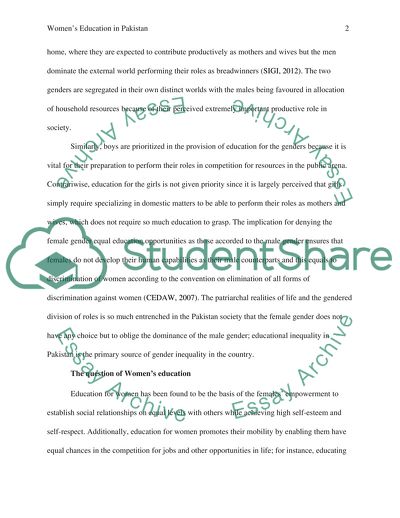Cite this document
(Womens education in Pakistan Coursework Example | Topics and Well Written Essays - 2000 words, n.d.)
Womens education in Pakistan Coursework Example | Topics and Well Written Essays - 2000 words. https://studentshare.org/gender-sexual-studies/1812280-womens-education-in-pakistan
Womens education in Pakistan Coursework Example | Topics and Well Written Essays - 2000 words. https://studentshare.org/gender-sexual-studies/1812280-womens-education-in-pakistan
(Womens Education in Pakistan Coursework Example | Topics and Well Written Essays - 2000 Words)
Womens Education in Pakistan Coursework Example | Topics and Well Written Essays - 2000 Words. https://studentshare.org/gender-sexual-studies/1812280-womens-education-in-pakistan.
Womens Education in Pakistan Coursework Example | Topics and Well Written Essays - 2000 Words. https://studentshare.org/gender-sexual-studies/1812280-womens-education-in-pakistan.
“Womens Education in Pakistan Coursework Example | Topics and Well Written Essays - 2000 Words”. https://studentshare.org/gender-sexual-studies/1812280-womens-education-in-pakistan.


